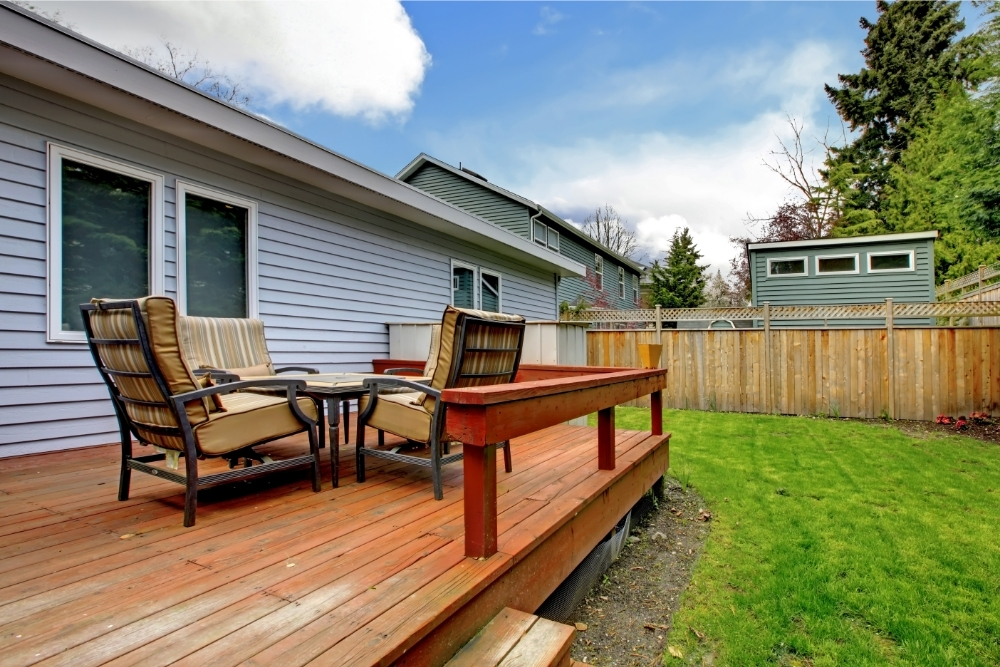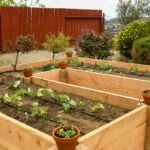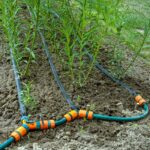Using a soaker hose can be tricky if you’re trying to water a garden or flowerbed that sits on a slope because runoff can quickly carry the water away. So, is it possible to use a soaker hose on a slope effectively? How do you keep the water flowing where it’s needed most?
When using a soaker hose on a slope, position it to run back and forth along the slope rather than up and down. That way, you can prevent water from pooling in lower areas. Use garden staples to secure the soaker hose and cover it with mulch to keep the water in place and reduce evaporation.
Let’s take a closer look at how to use a soaker hose on a slope and watering techniques that will help you make the most of your setup. We’ll go also over some of the best gardening methods for steep slopes more generally.
How to Set Up a Soaker Hose on a Slope
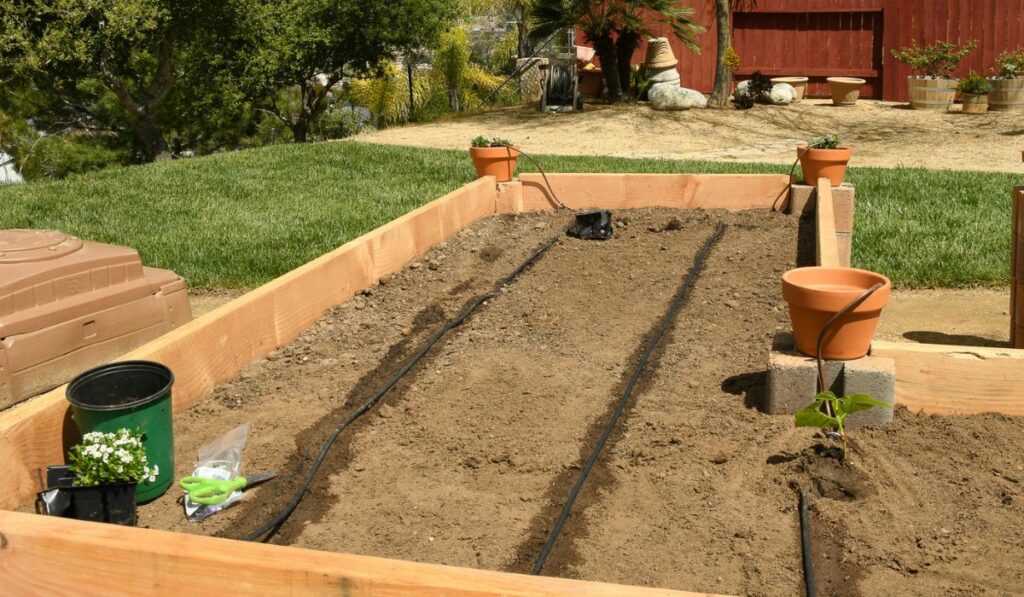
Using a soaker hose on a slope involves positioning it to run across the slope — not up and down. This ensures that water flows evenly along the length of the hose and doesn’t pool in any low spots.
To set up your soaker hose:
- Connect a garden hose to your water spigot and run it to the top of the slope.
- Connect the soaker hose (on Amazon) to your garden hose at the highest point of the slope.
- Run the soaker hose back and forth across the slope in a zig-zag pattern, keeping it moving downhill at all times. If you have any trees or large shrubs on the slope, loop the soaker hose around them once or twice to give them a deep watering.
- Use garden staples (on Amazon) to secure the hose to the ground, and then cover it with a layer of mulch to maintain moisture levels and protect the hose from sunlight.
In larger sloped areas, you may need to set up multiple soaker hoses and use a hose splitter with a shut-off valve — like this one (on Amazon) — to direct the water flow from one hose to the next.
Watering Techniques
Once your soaker hose is in place and ready to water, it’s important to use the correct watering technique.
If you water too little, your plants will suffer from drought stress and may eventually die. Watering too much, on the other hand, will encourage shallow root growth and increase the chances of fungal diseases and runoff.
The key to watering plants on a slope is to apply the water slowly to allow it time to soak in without runoff.
One way to do this is to use an on-and-off cycle, watering for 20 minutes and then letting the water soak into the soil for 20 minutes before watering again. This technique encourages deep root growth by reducing runoff and maintaining moisture in the soil.
You can also use a soaker hose on a timer, like this one from Orbit (on Amazon), to help you keep track of how long you’re watering.
What Are the Best Gardening Methods for Steep Slopes?
If you have a steep slope in your garden, watering your plants efficiently can be a challenge. Fortunately, a few different gardening methods can help you make the most of your steep slope.
Here are some of the best options:
Use Raised Beds
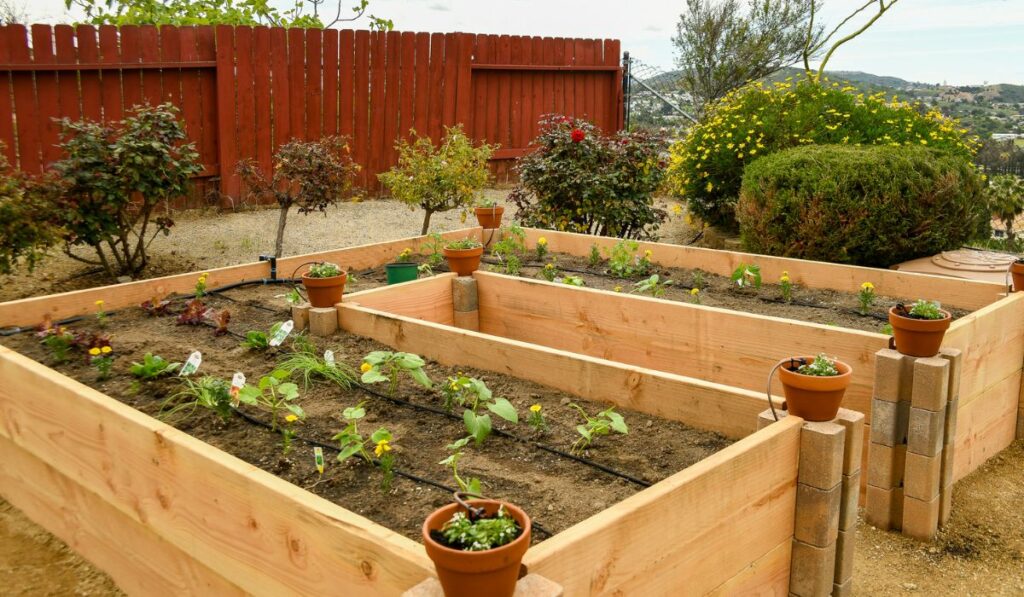
When using a raised bed, you’ll want to position it lengthwise along the slope instead of up and down, and you can use vertical supports to keep it in place. That will make it easier to water the plants without having to worry about runoff or erosion.
Build a Retaining Wall
Building a retaining wall will allow you to create level areas for planting on a steep slope. You can do this by stacking stones or bricks to create a barrier that will hold back the soil. Then, fill the area with soil and plant your garden.
Build Terracing
Terracing is a gardening method that creates level areas on a slope by digging out hill sections and building walls to support the soil. You can use stone, brick, or wood to create the terraces and then fill them with soil.
This method is more intensive, but it can be very effective for steep slopes and is ideal for growing vegetables or other plants that need a lot of water.
Use Contour Rows
Planting in contour rows involves creating rows that follow the slope’s contours instead of running up and down. The rows create small dams that help slow the water flow and reduce erosion.
Watering will be more efficient since the water will flow along the contour rows rather than off the slope.

